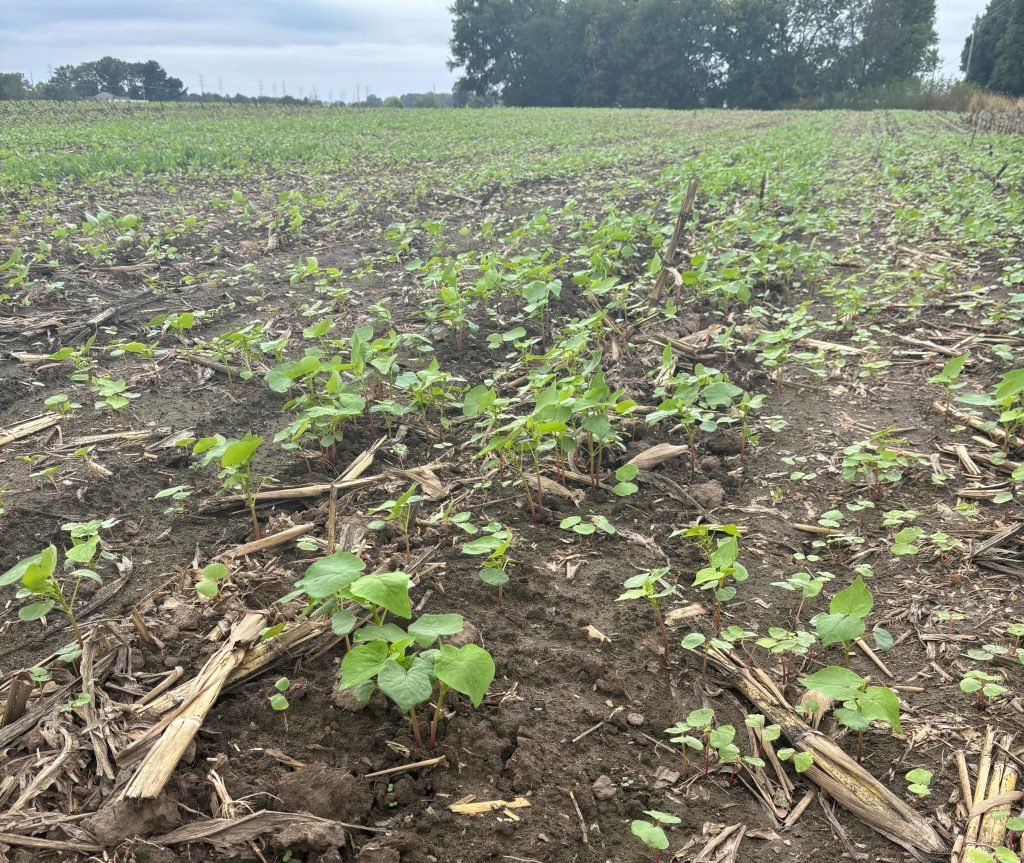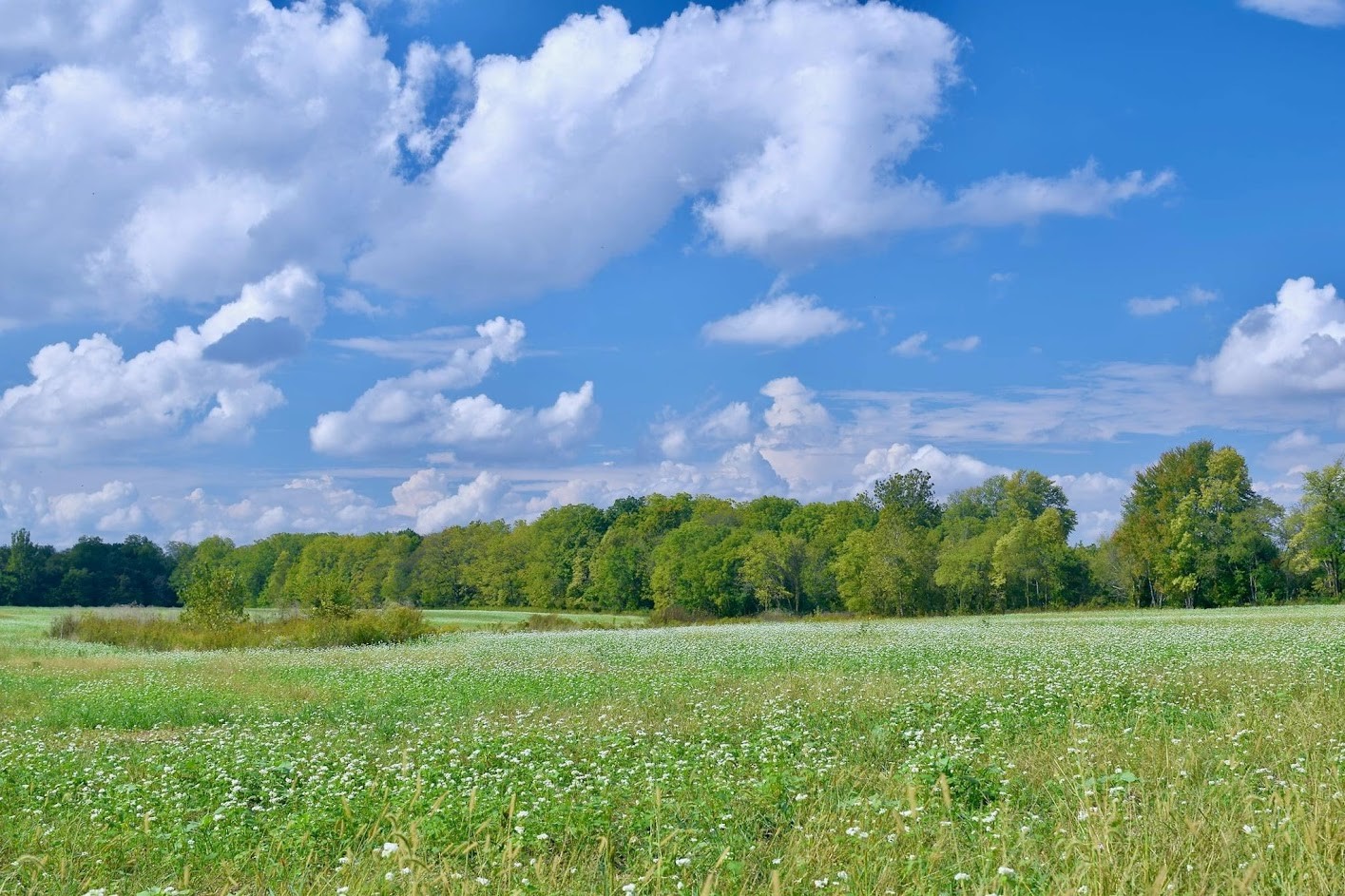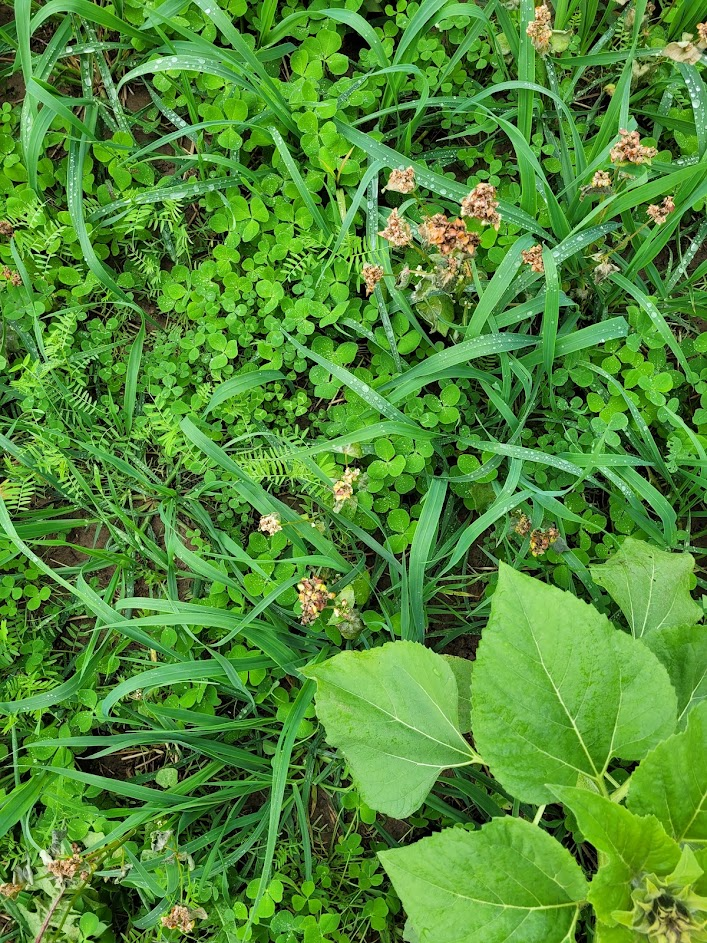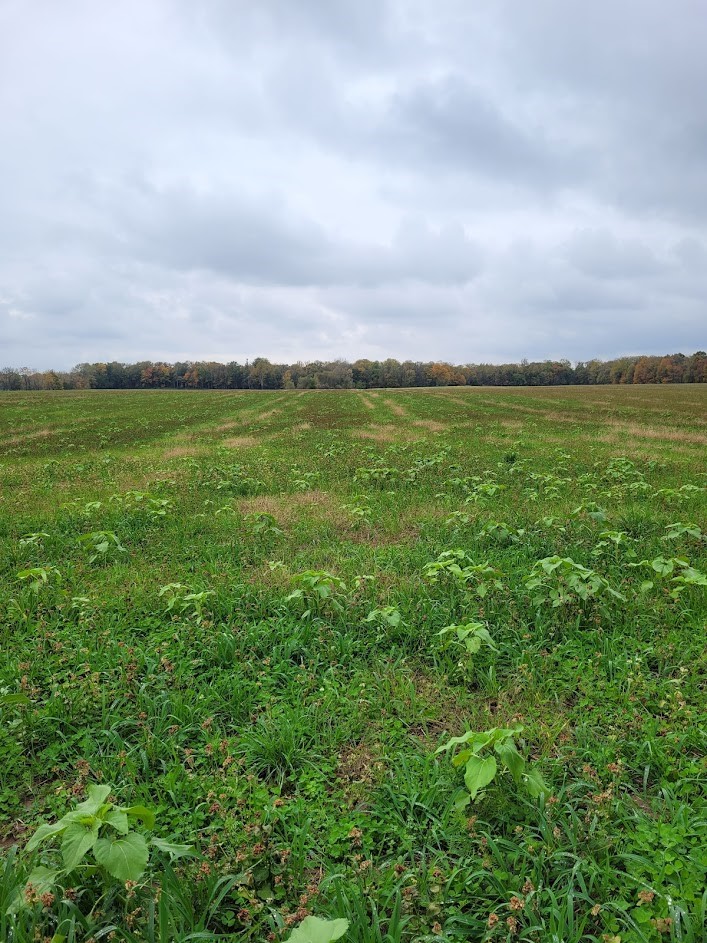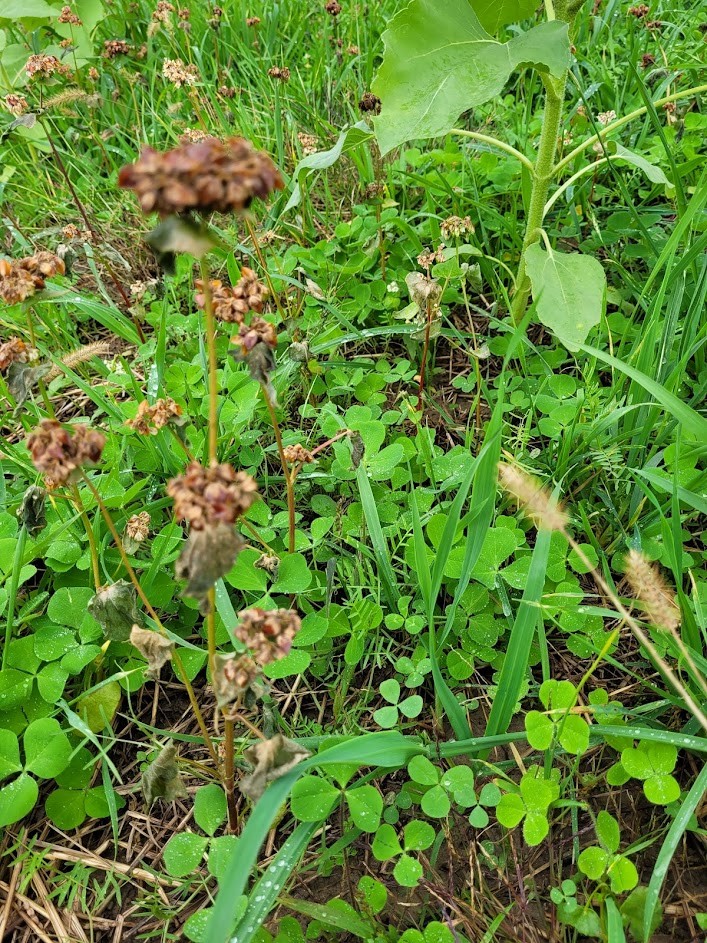If I were to make a list of underutilized crops in American agriculture, buckwheat would be near the top.
Buckwheat is a short-season broadleaf grain crop that is very easy to grow and can thrive in hot and dry conditions.
As a cover crop, it is renowned for its ability to mineralize phosphorus from the soil as well as provide late-season pollinator habitat.
Buckwheat as a Nurse Crop
I planted buckwheat for a third use this summer – as a nurse crop for clover seeded after an organic winter wheat crop.
After harvesting wheat and straw in July, I left the ground fallow and controlled weeds with light tillage. I waited to plant my cover crop until daily 90-degree temperatures and drought finally eased on September 3rd.
The Final Mix
- 10 lbs Buckwheat – nurse crop/cover crop
- 10 lbs Cossaque black oats – nurse crop/cover crop
- 2 lbs Fixation balansa clover – N fixation
- 4 lbs Villana hairy vetch – N fixation
- 4 lbs AU Robin crimson clover – N fixation
- 2 lbs Peredovik sunflower – diversity
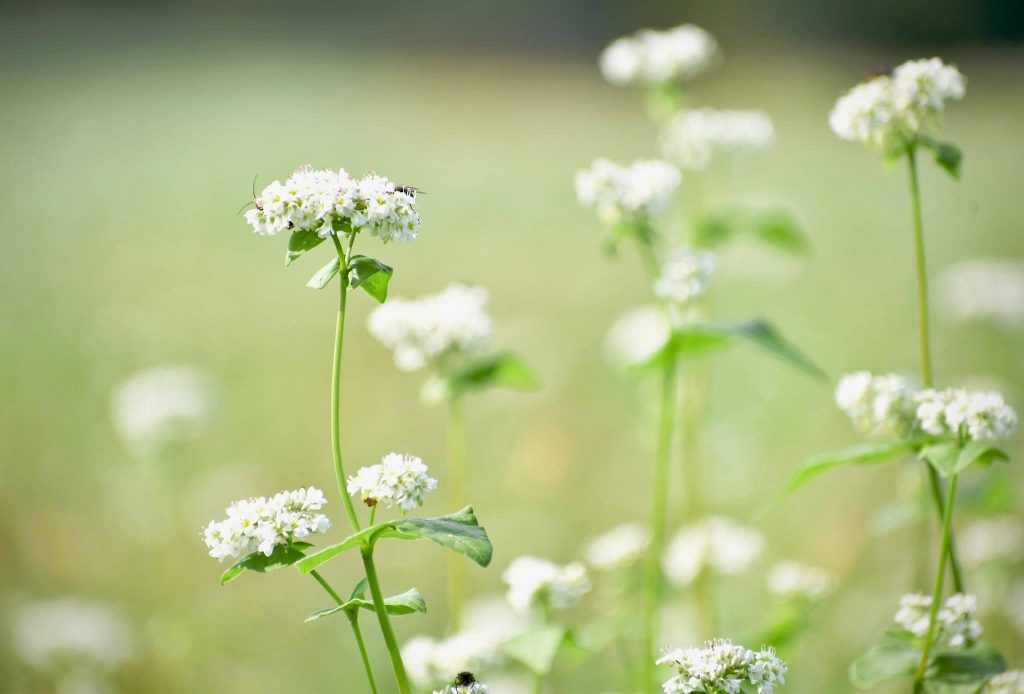
The buckwheat impressed me as a nurse crop. It was the first seed to germinate and very quickly provided a moderate canopy over the entire field.
Three weeks after planting it looked like an entire field of buckwheat!
This shading suppressed grass weeds like foxtail, but still provided enough light to let the clovers establish. Without the shading effect of buckwheat, the clover could not have competed with grass weeds that are better adapted to late summer growth.
In early October the buckwheat set seed and completed its lifecycle. The leaves have dried up and a freeze will soon stop any lingering growth.
For more detailed information on buckwheat, see this article.
The baton was then passed from the buckwheat to the clover, which was by then poised to take full advantage of the late-season sun. Buckwheat proved to be an outstanding nurse crop for summer-planted clover.
The only areas of the field where foxtail gained the upper hand were areas that did not grow a good stand of buckwheat. This was mostly in combine tracks and under the straw windrows. See the picture below.
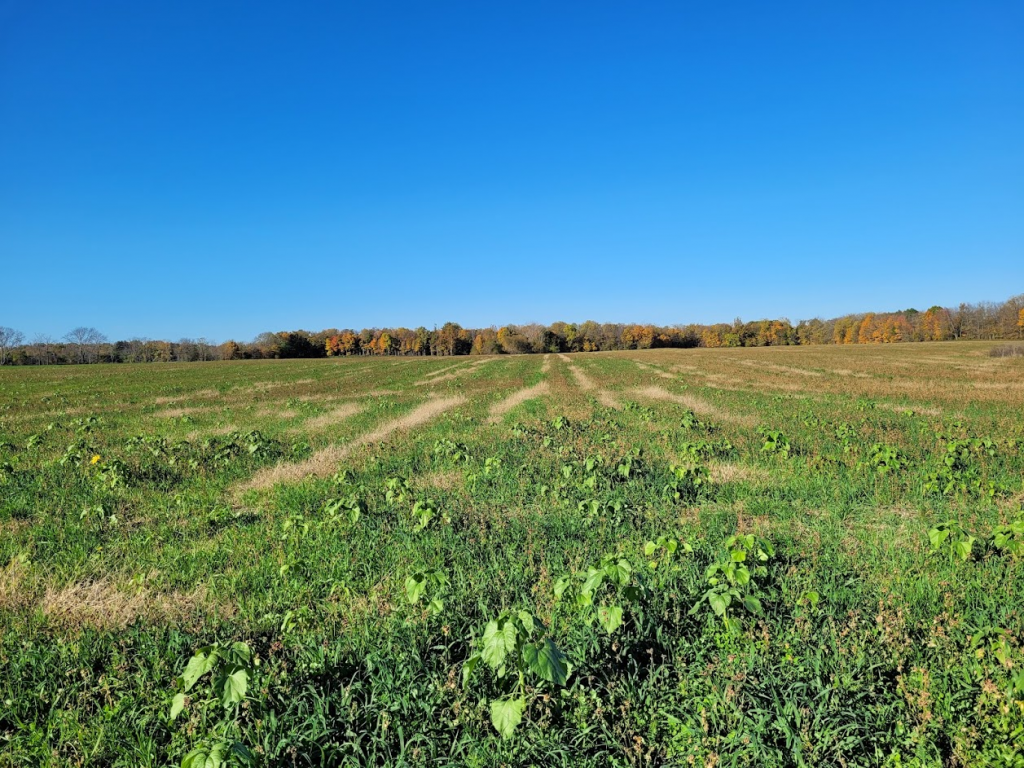
The final stand of balansa clover, hairy vetch, and crimson clover is very important in this field. It will be the primary source of nitrogen for next year’s crop of organic corn.
Article posted by Dustin Johnson.
Questions? Don’t hesitate to get in touch with us.
